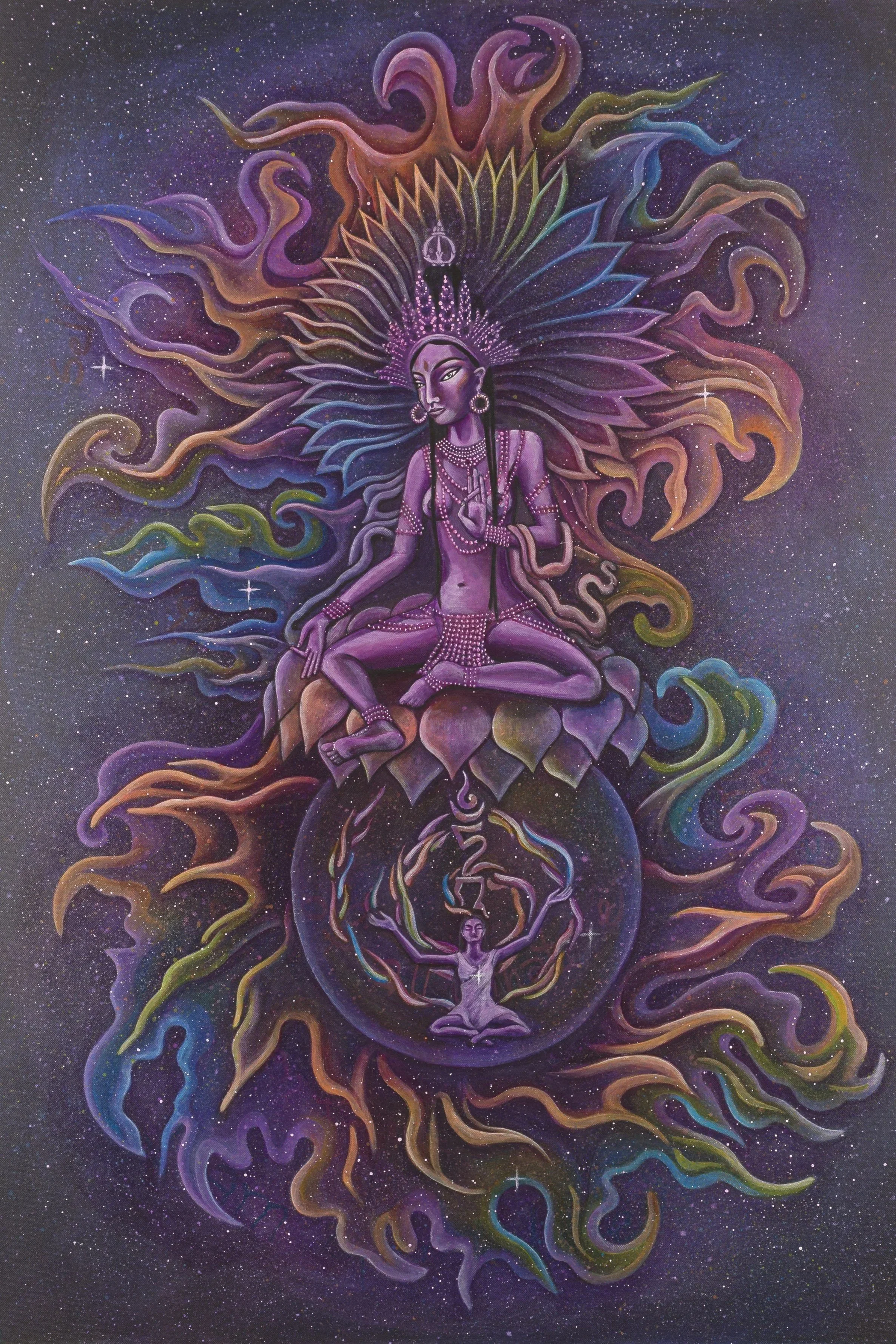Ximena - Xhiva - embarked on her artistic journey in 1996, studying "Carrera de Artes" at the Universidad Mayor de San Andres, La Paz - Bolivia.
Her passion for art led her to further expand her horizons, and in 1998, she continued her artistic pursuits at the prestigious Ecole des Beaux Arts de Monaco. From 1999 to 2001, Ximena had the incredible opportunity to work as an apprentice and assistant to the renowned Austrian painter and artist, Ernst Fuchs. Fuchs, one of the most influential figures in Fantastic Realism, guided Ximena's artistic development. She became an integral part of Fuchs' team, working at his Atelier in Monaco and collaborating on the creation of the murals in the Apocalyptic Chapel in Klagenfurt, alongside Amanda Sage.
Ernst Fuchs, known as the mentor of HR Giger and many other artists who transitioned from the Misch Technique and Fantastic Realism to the expression of Visionary Art, played a significant role in shaping Ximena's artistic style and perspective. In addition to her experiences with Ernst Fuchs, Ximena had the pleasure of sharing her artistic journey with Alex Grey and becoming involved with the Visionary Art Journal from COSM, further enriching her artistic exploration. Ximena Quinteros - Xhiva has emerged as an artist with a unique vision and an extraordinary artistic background, blending diverse influences and her own creative spirit to bring forth captivating works of art.
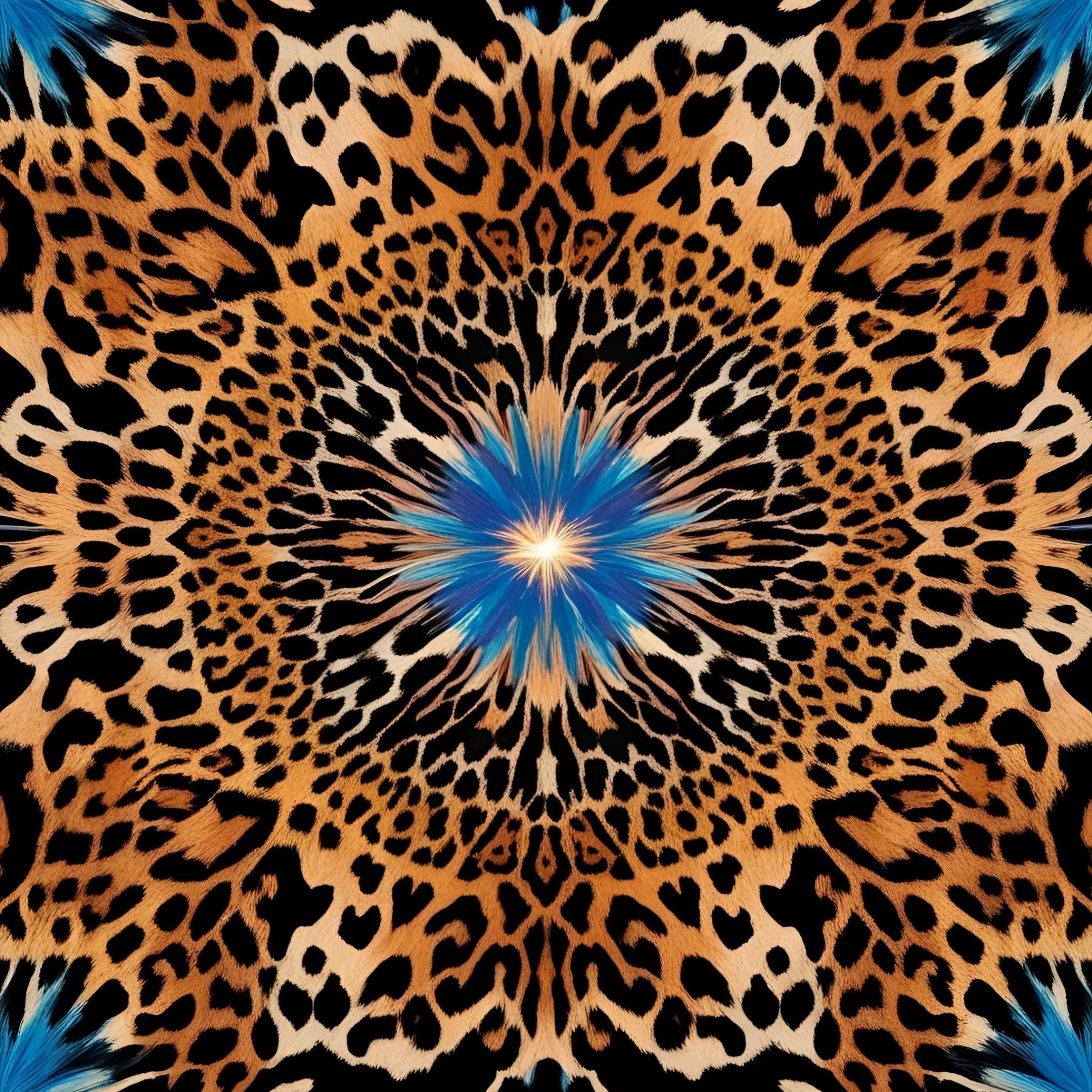
ARTIST STATEMENT
My art is a ritual — a map of transformation.
Each canvas is a portal, a living field where memory, intuition and essence meet. My work invites the viewer to remember, to resonate, and to reconnect with what moves beneath the surface of everyday life.
For me, painting is not only a technique but a process of feeling, listening and unveiling. Each piece marks the closure of inner cycles and the integration of lived experiences. My creative practice emerges from processes of emotional release, shadow work, resilience and the continuous dialogue between the personal and the collective.
It reflects my journey as a woman, a mother, a migrant — navigating layers, structures and life transitions while transforming experiences into vision.
Working with oil, watercolor, crystals, organic elements such as earth and roots, symbols and codes. I explore the alchemy between materials and ancestral energy. My process is intuitive and ceremonial, guided by dreams, visions, movement and the wisdom that comes from lived experience.
My inspiration is rooted in the Andean and Amazonian cosmovision, in the teachings of shamanic traditions, and in the universal path of inner evolution. Art, for me, is not an object — it is an altar, a resonant field and a mirror of our deepest truths.
Trained in Fine Arts in Bolivia and mentored by Ernst Fuchs in Monaco, Master of the Vienna School of Fantastic Realism, I carry a lineage of visionary storytelling and symbolic precision. My work has been exhibited internationally, allowing me to act as an artist, healer and art curator committed to cultural and spiritual exploration.
Through my paintings, I offer symbolic codes and ceremonial spaces where transformation can unfold.
Each piece becomes an encounter — a portal to resilience, healing, introspection and transcendence.
Testimonial :
„It is difficult to place Ximena‘s art under any going categories. What impresses me most is that each one of her works of art carries a very specific message. A message which has its roots in the deeper understanding that our minds alone are limited to know and experience the magical and spiritual worlds unknown to us. In this sense Ximena - in an shamanic way- is building a bridge between the different worlds physical and etherical, creating thus a uniting bond and new connections. Each work of art touches the soul of the observer and opens worlds so far unknown. If one is ready to „enter“ Ximena’s artwork one might find helpful means for personal transformation. Sometimes the symbolism of her art seems to be obvious from other angles rather mystical or exotic.
I very much wish that Ximena’s art-gifts might touch the european culture contributing to reach the depths of life in all its expressions.“
- Felix Hürlimann (Ayurveda therapist)





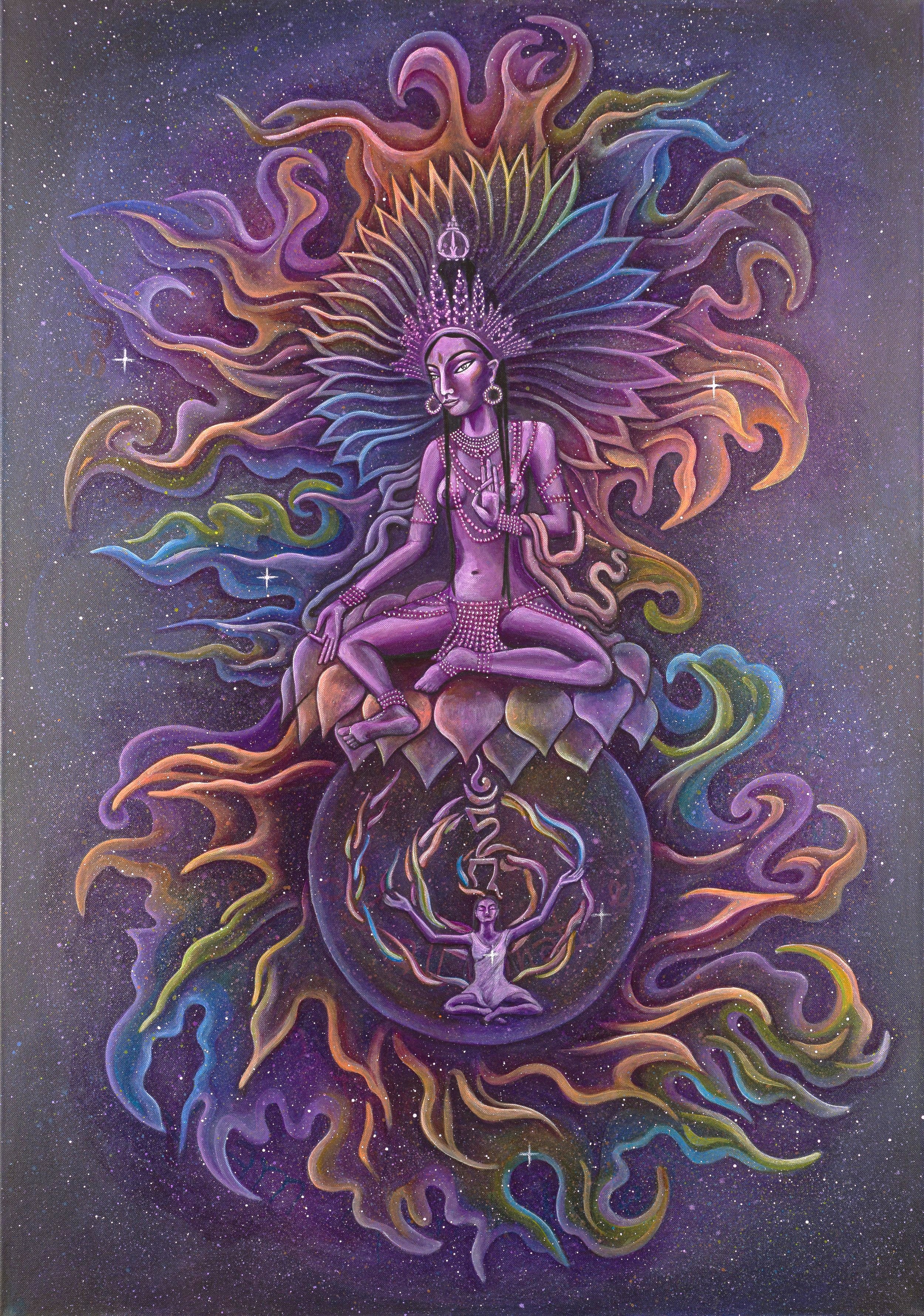







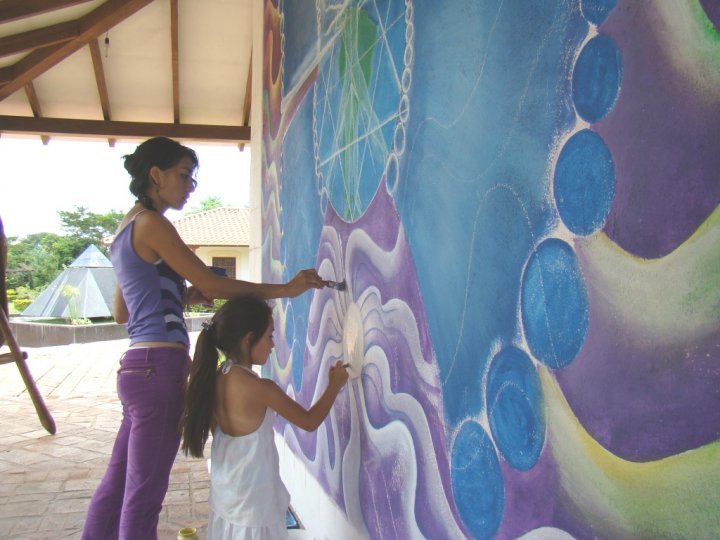


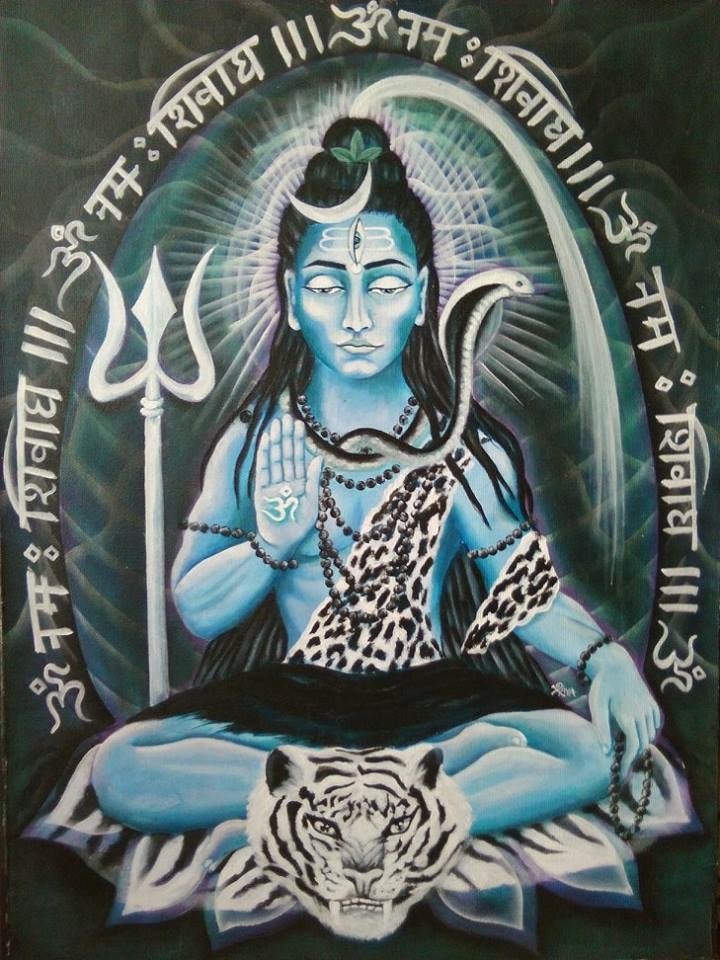




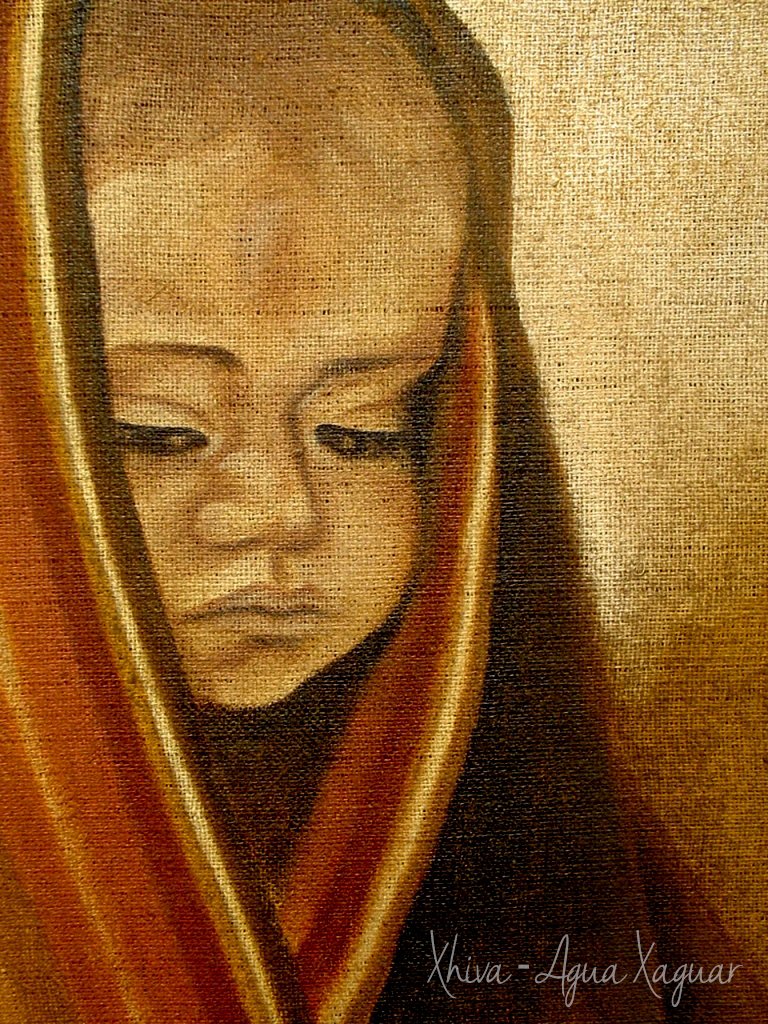





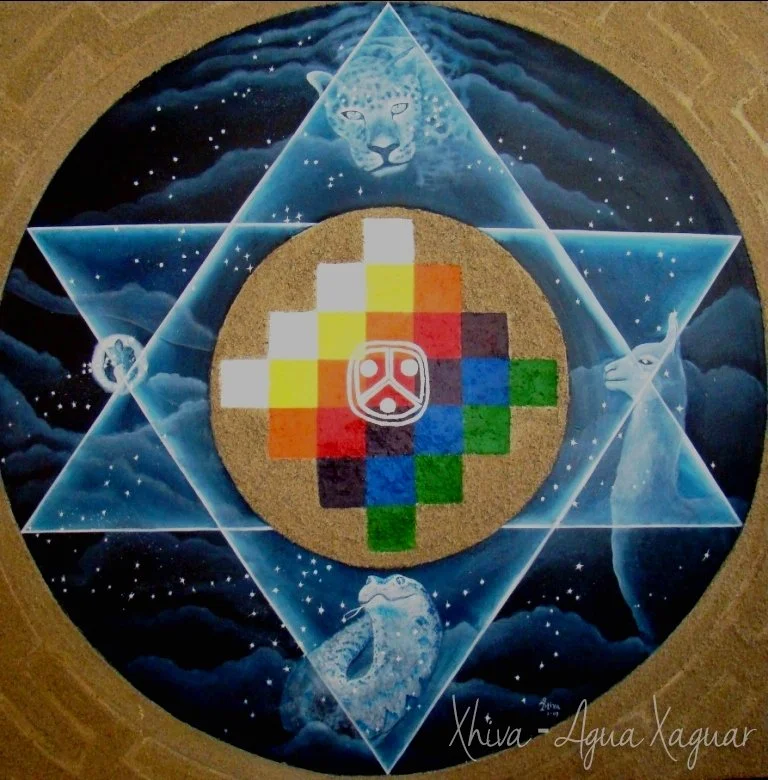
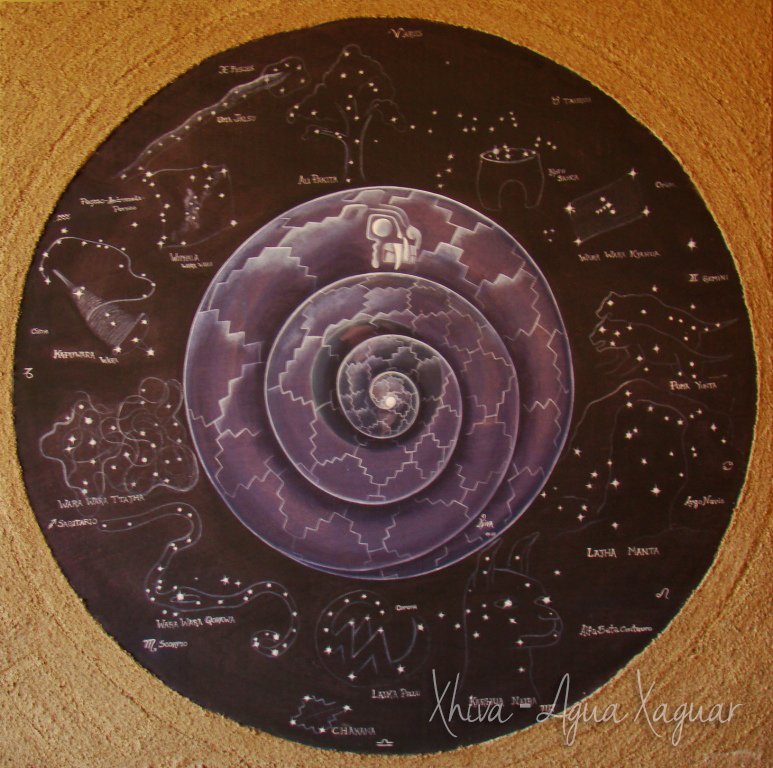


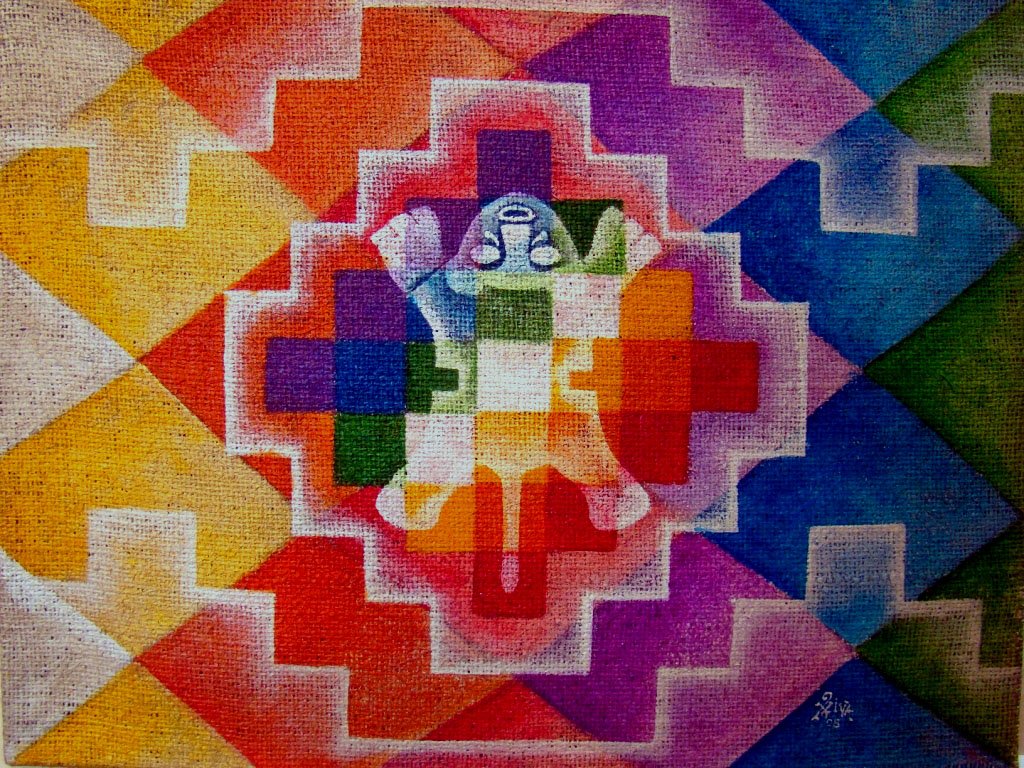
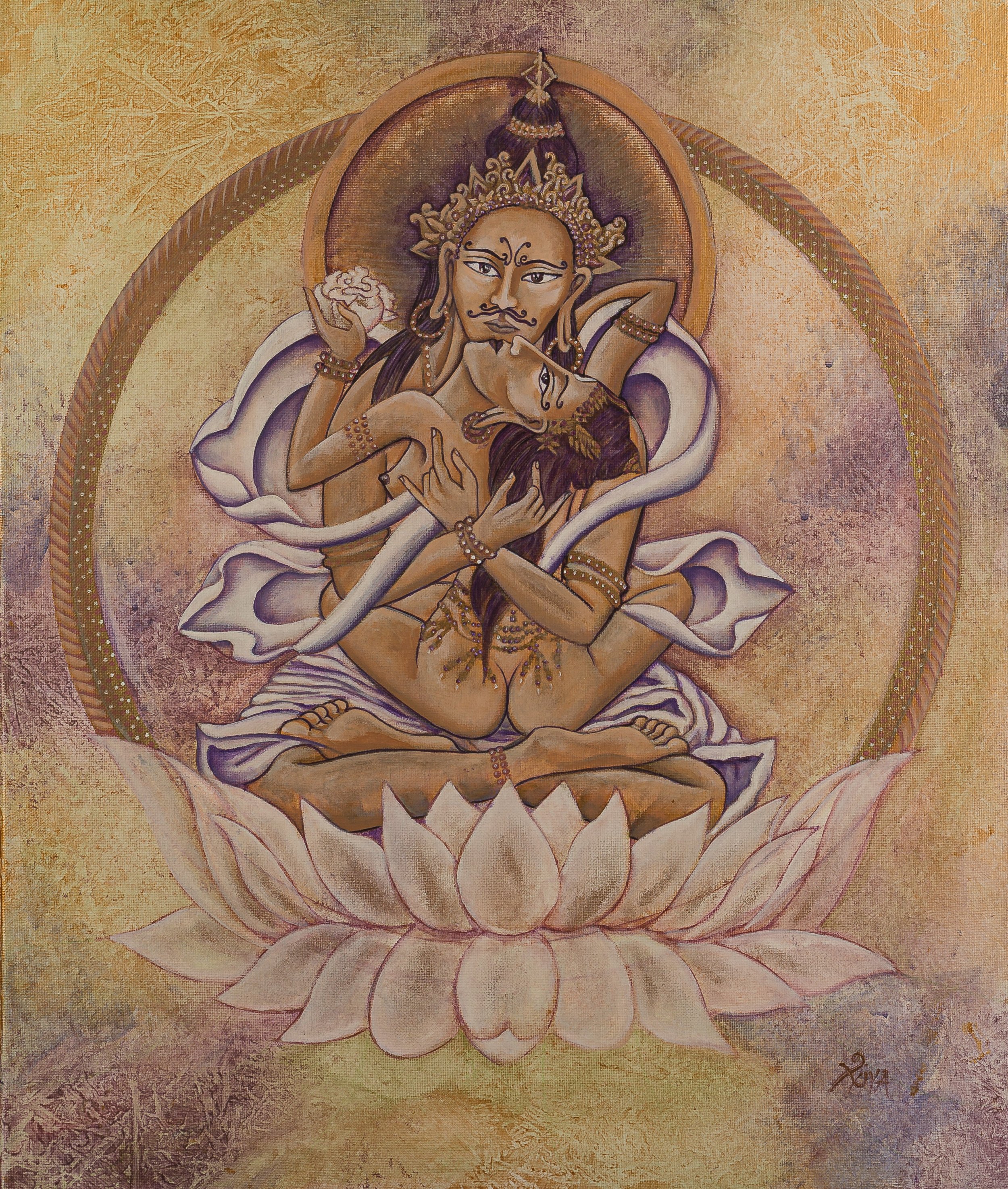




2025
Visionary Art Week Second edition Photobastei Zurich (10.2025)
International Art fair ROME
2024
Visionary Art Week – Great Pop-Up Gallery, Zürich (12/2024)
Collective exhibition
2023
Day of the Dead Ceremony – St. Jakob Kirche, Zürich (10–11/2023)
Collective exhibition, concert, vernissage.
Echoes of Resilience – Roy’s Raum, Zürich (06/2023)
Solo exhibition, vernissage, workshops, concert, finissage.
Frauen Kunst Migration – Galerie Rapperswil, CH (05/2023)
Group exhibition, vernissage, finissage.
Echoes of Resilience – Kraftwerk, Zürich (01–02/2023)
Collective exhibition, vernissage, TRIBAL Nights, DJ Xhiva.
2022
Energy Fields – LaFraise Gallery, Zürich (12/2022 – 02/2023)
Group exhibition, vernissage.
2021
Kunstweihe Opening Kulti – Wetzikon, CH (01–02/2021)
Collective exhibition, paintings, concert, vernissage.
Frei Sein – Kunst im Tal – Rorbas, CH (10/2021)
Exhibition with paintings, concert, music, vernissage.
Camino al Sur – Effretikon, CH (09/2021)
Group exhibition, vernissage.
2019
Kunstwanderung – Babalu – Zürich, CH (08–09/2019)
Solo exhibition, paintings, vernissage, finissage.
A Journey of the Soul – Zürich, CH (03–04/2019)
Solo exhibition, conceptual Tribal Dance, ecstatic dance, DJ sets, shamanic circles, workshops, vernissage & finissage.
2010–2015
Pisac Exhibitions – Cusco, Peru
Solo exhibitions in Ulrike Café & Trattorien Escondida.
2009
Haylli Fraktal Dragon Gallery – Cusco, Peru (03–12/2009)
Collective exhibition.
Visión Ritual – Etno Café, La Paz, Bolivia
Solo exhibition.
2008
Solo Exhibitions – La Paz & Copacabana, Bolivia
Art Café “La Comedie”, Le Bistrot, Manqha Uta, Café Arábica.
2007
En Raíz Arte – Museo Nacional de Etnografía y Folklore, La Paz (05–06/2007)
Solo exhibition with paintings, poetry, photography, performances (Thunu Manqhata).
En Raíz Arte – Casa Municipal de la Cultura Franz Tamayo, La Paz (06–07/2007)
Solo exhibition with paintings, poetry, photo & performances.
2006
Noveles 2006 – Galería Taipinquiri, La Paz.
Arte Café La Comedie – La Paz.
Manqha Pacha – Museo Tambo Quirquincha, La Paz.
FUNDA·PRO Contest of Emerging Painters – Galería Nota, La Paz. (Honorable Mention).
2005
Elemental – Museo de Arte Contemporáneo Plaza, La Paz.
2001
EVA – Galería Nayra, La Paz.
1999–2000
Collective exhibition – École Municipale d’Arts Plastiques, Principality of Monaco.
1997
Collective Exhibition – Chopería, La Paz.
Collective Exhibition – UMSA, La Paz.
Festival of Art and Culture – Sucre & Potosí, Bolivia.
1996
Urban itinerant collective exhibitions – Painting & Poetry, La Paz.
Guerrero Alado – Cultural resistance group, Bolivia.
Collective Exhibitions – Communal and provincial houses, Bolivia.
V Annual Salon – Faculty of Arts UMSA – Museo Tambo Quirquincha, La Paz.
Students Collective Exhibition – UMSA, La Paz.










